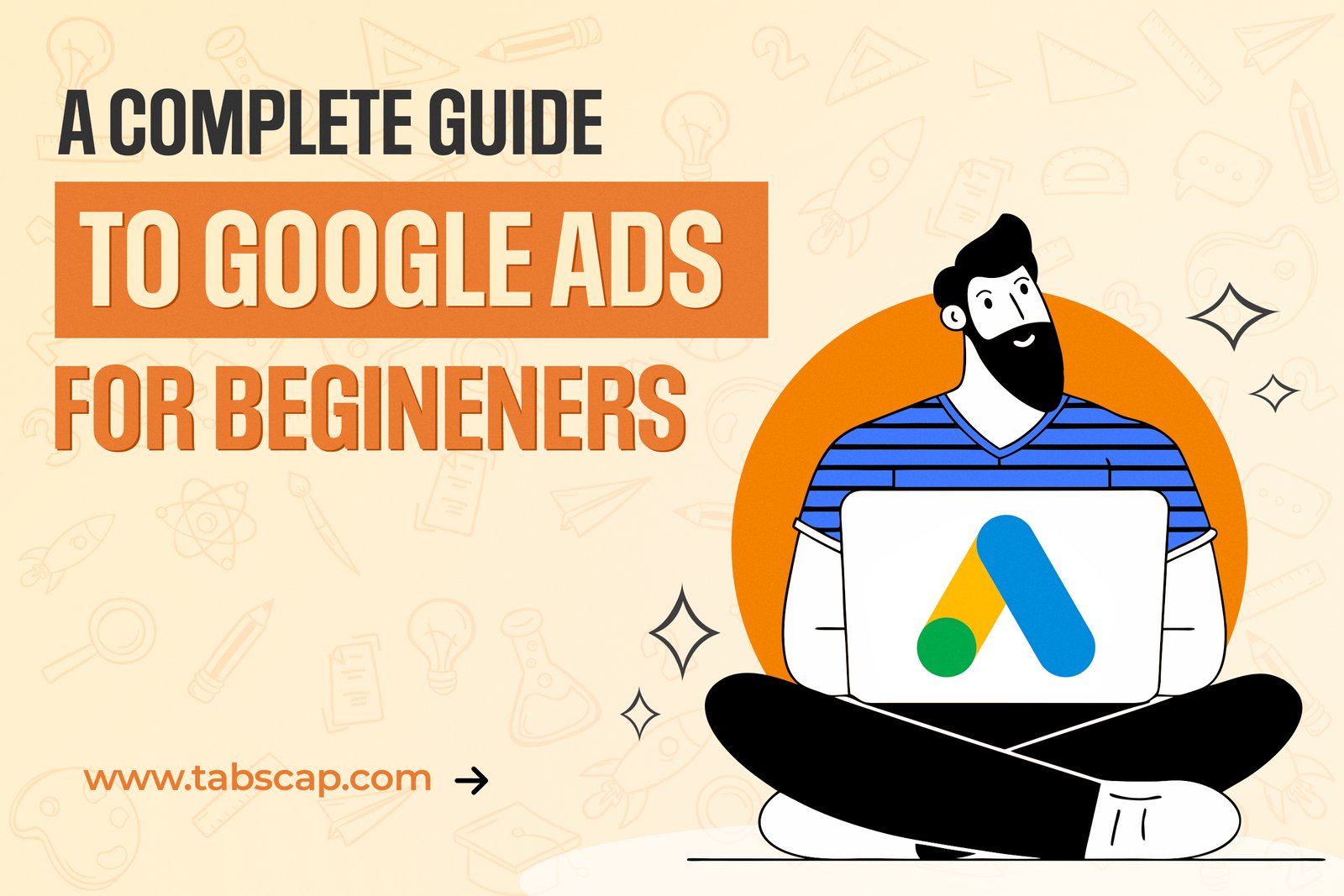

When you have a site that offers high volumes of content, you want your readers to trust you, follow you, and come back for more. At the same time, you want to develop a system for publishing content that is manageable for you.
Here are 10 common mistakes content creators tend to make and some easy ways to avoid them.
Writing Bad Headlines
The title of your post is the first thing people will read. Headlines can make or break your content. Therefore, you need headlines that are smart and engaging, but more importantly, they give the reader a clear idea of what your content is about. If the reader cannot tell within five seconds of reading the headline what the post is about, they probably will not click through to read the rest of the post.
There are also good practices when it comes to the format of titles. For example, including certain words and keeping the headlines to a certain length can increase their chances of being opened. There are plenty of headline analysis tools available to help you with headline building such as coschedule.
Spelling Errors
Nothing drives your users away faster than a lot of spelling and grammar mistakes. Typographical errors do happen from time to time, but if a post has one mistake after another, how can the user trust the information provided to be authoritative or valuable?
If you have problems with spelling, grammar, usage, mechanics, and punctuation, you might consider hiring a freelance copyeditor to quickly proofread your content. You can also use tools like Grammarly and ProWritingAid.
Not Using Visual Media
The text and the content are paramount, but the visual aids are what catch the viewer's attention, arouse their curiosity, and guide them through the content. It's a fact: posts without images have much higher bounce rates than posts with images. Stock images are a great resource.
If you have a limited budget and can't afford an image bank subscription, you have some free sites like Unsplash. It is full of good images on almost every topic you can imagine. In addition to incorporating images, be sure to use typographic aids such as bold text, italics, different sized headings, numbered lists, bullets, different colored links, etc. Experiment and find what works best for your brand and message.
Forgetting About SEO
If you write for digital media, Search Engine Optimization (SEO) is a must for copywriting.
In each country, different terms are used for the same object. If you do not know the volume of monthly searches that a keyword (keyword) has, you will not contribute to the web positioning of the page or article. Do a little keyword study to find out the right keywords. If your client is from another country, investigate how the inhabitants of that region seek your services or products.
Posting Inconsistently
Sometimes content creation takes a back seat. But if you have made a public promise to your readers to share new content every Wednesday and you don't do it for an extended period, you will lose credibility with your readers. This is especially true if your readers pay for your content.
The easiest way to fight inconsistency is to set realistic, not idealistic, goals for sharing content when you are setting out.
It starts with one post a week and builds up slowly as content creation becomes less and less difficult. Make yourself an editorial calendar and put deadlines for drafts on your calendar.
Using Duplicate Content
Have you ever written a particularly great guest post that you wanted to share on your own site too? That's great. You should share it with your loyal readers, but you should do it in a way that prevents your content from being flagged as a copy by search engines. Sharing identical content across multiple sites makes you seem redundant to both your readers and the search engines.
Instead of copying and pasting, you can rewrite the post to say the same things in different words, or you can write a great intro on your site and then link to the original piece. You can reuse the image for the original content, or better yet, take a screenshot of the piece and use it. But never duplicate content.
Not Using Internal or External Links
By inserting links to what you are referencing in your articles, you can help direct their eyes to exactly what you want your readers to see. Additionally, link insertion gives the reader the option to click and do their research after they finish reading your article. Just make sure to click the "open in a new tab" option when adding links.
This way, your reader won't drift away from your article when they click on your links. Just as important to external linking is linking to older posts within your blog. Why? Because you show readers that you are an expert in the industry. You make them want to come back and explore your older posts and encourage them to come back in the future. Linking is a great way to show your readers that subscribing is worth it.
Focusing Only On the Numbers
Tracking your stats is important, but it's not the end of content creation. You should check them several times a week to see how many views your content is getting, where those clicks are coming from, and who's clicking and where.
Organic content takes time to gain ground. Obsessively checking your metrics at first can be deceptively daunting. And discouragement could keep you from creating the new content you need to be successful.
Not Knowing the Audience That Will Read You
This is one of the most common copywriting mistakes, and it happens when you have no idea who your audience is.
Before starting any project, you must define the voice of your content; That is, if you will speak in 1st person singular (I), 1st person plural (we), or 2nd singular (You).
Not Replying to Comments
Did your latest and greatest post get a flood of comments? Did you answer all of them? If you have not, you should! When people let you know that they love something about your content, you need to engage with them. When people ask you a question about something you wrote, you should answer them.
Interacting with your readers makes them feel recognized, appreciated and connected to you and your brand. Set aside a little time each week to reply to your fan base and remind them that you are a real person behind the screen and that you read and appreciate their feedback.



